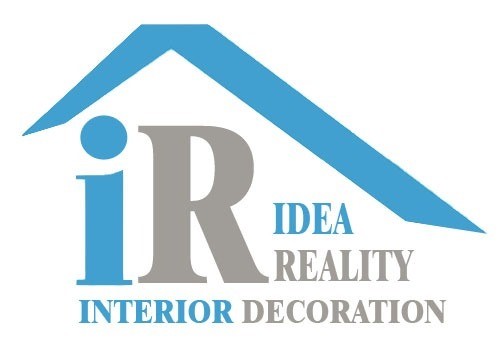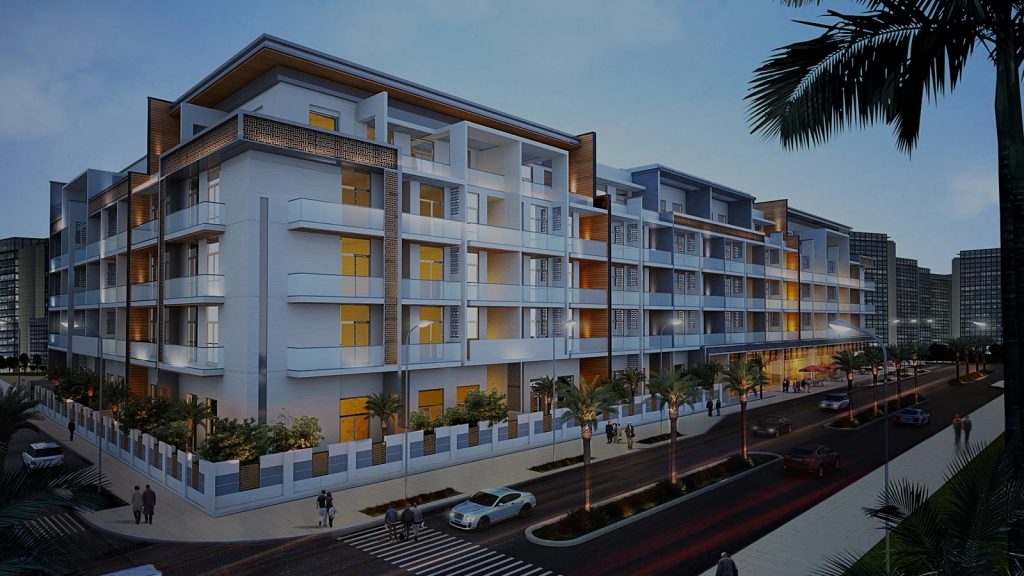Understanding Sustainable Building Design in Dubai:
Sustainable building design in Dubai is a complex and challenging field that requires careful consideration of several unique factors. The city’s climate is one of the primary factors that make sustainable building design in Dubai different from other regions. With high temperatures and humidity, buildings in Dubai require specialized systems to maintain a comfortable indoor environment. Additionally, Dubai’s rapid growth and urbanization have put pressure on the city’s resources, including water and energy, making sustainable building design critical to ensure long-term viability. Despite the challenges, the government of Dubai has implemented several initiatives to encourage sustainable building design, including the Dubai Green Building Regulations and the Estidama Pearl Rating System. These initiatives aim to promote sustainable building practices and reduce the carbon footprint of buildings in Dubai.
Importance of Architectural Consultants in Sustainable Building Design:
Architectural consultants in Dubai play a crucial role in sustainable building design in Dubai. They are responsible for designing buildings that are energy-efficient, cost-effective, and environmentally friendly. The consultants work with developers, engineers, and contractors to ensure that the building design meets sustainability standards and requirements. They help to identify sustainable design strategies and technologies, such as the use of passive design, green roofs, and solar panels, that can be incorporated into the building’s design. They also conduct building performance analysis and modeling to identify areas for improvement and ensure that the building is energy-efficient. By working closely with the stakeholders involved in the building design process, architectural consultants help to ensure that sustainable building design is prioritized and that buildings are designed with a long-term view toward sustainability.
Sustainable Design Strategies and Technologies:
Architectural engineering consultants in Dubai are constantly exploring innovative sustainable design strategies and technologies to create buildings that have a minimal environmental impact. Passive design strategies are one such approach that is gaining popularity. It involves designing buildings that utilize natural lighting, ventilation, and shading to reduce energy consumption. Green roofs, which are covered with vegetation, are also gaining popularity in Dubai as they help to reduce urban heat island effects, improve air quality, and conserve energy. Solar panels are another sustainable technology that is increasingly being used in building design. They help to generate clean energy and reduce dependence on non-renewable sources. In addition, the use of energy-efficient materials such as low-emissivity glass and insulated concrete blocks can significantly reduce a building’s energy consumption. These strategies and technologies, when used in combination, can create buildings that are not only sustainable but also cost-effective and visually appealing.
Building Performance Analysis and Modeling:
Building performance analysis and modeling is a critical service provided by architectural engineering consultants in Dubai. This process involves analyzing and evaluating a building’s energy usage, water consumption, and overall environmental impact. The consultants use advanced modeling tools to simulate various building systems and configurations, allowing them to identify areas for improvement and recommend solutions to optimize energy efficiency and reduce operating costs. They also conduct on-site measurements and tests to validate the results of their analysis and ensure that the building meets sustainability standards. By using building performance analysis and modeling, architectural engineering consultants in Dubai can help to building owners and operators make informed decisions about building design and operations, leading to significant cost savings and environmental benefits over the lifetime of the building.
Sustainable Design Certification:
Sustainable design certification is an important aspect of sustainable building design in Dubai, and it is the responsibility of architectural consultants to ensure that buildings meet certification requirements. There are several sustainability certification systems in use in Dubai, including the Leadership in Energy and Environmental Design (LEED) and the Estidama Pearl Rating System. These systems assess the sustainability of a building based on factors such as energy efficiency, water conservation, indoor air quality, and sustainable materials. Architectural consultants work closely with developers and contractors to ensure that buildings meet the certification requirements by implementing sustainable design strategies and technologies. Certification provides building owners with independent verification of a building’s sustainability and can increase the building’s value and marketability. By ensuring that buildings meet certification standards, Engineering Consultants in Dubai are playing a crucial role in promoting sustainable building design and helping to create a more sustainable city.
In conclusion, architectural consultants are essential in promoting sustainable building design in Dubai. By implementing innovative sustainable design strategies and technologies, conducting building performance analysis and modeling, and ensuring that buildings meet certification requirements, architectural consultants can help create buildings that have a minimal environmental impact and contribute to a more sustainable city. With the increasing demand for sustainable building design, architectural consultants will continue to play a critical role in designing buildings that are energy-efficient, cost-effective, and visually appealing. As Dubai continues to grow and develop, the importance of sustainable building design will only increase, and architectural consultants will be key to ensuring that buildings are designed with a long-term view toward sustainability.

